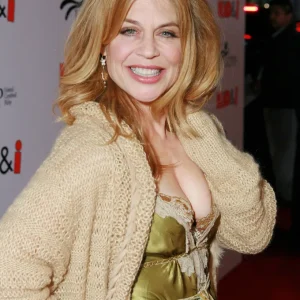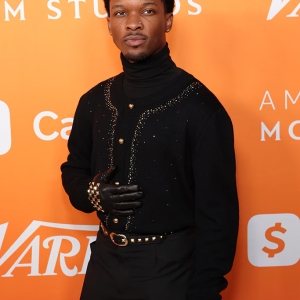Robert Redford, a name synonymous with Hollywood’s golden era, continues to captivate the hearts and minds of moviegoers around the world. With a career spanning over six decades, Redford’s extraordinary contributions to cinema and his activism in environmental causes have solidified his status as one of the most revered figures in modern history. Known for iconic roles in Butch Cassidy and the Sundance Kid, The Way We Were, and Barefoot in the Park, Redford’s legacy is built not only on his magnetic on-screen presence but also his behind-the-scenes brilliance. Let’s take a deeper dive into the life of this living legend.
The Early Years: From Rebel to Artist
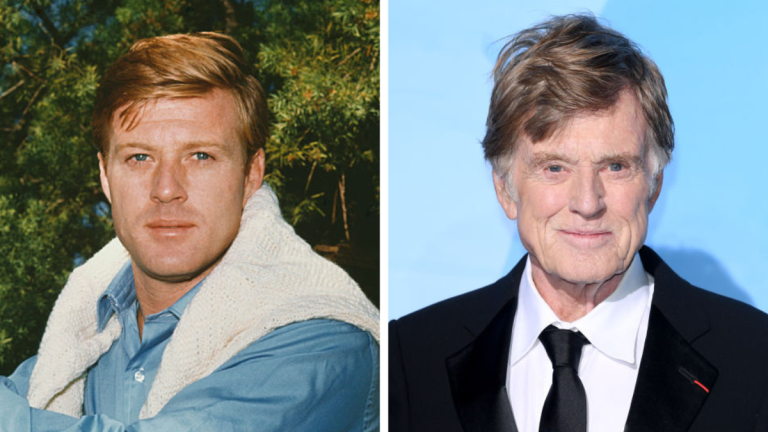
Born Charles Robert Redford Jr. on August 18, 1936, in Santa Monica, California, Redford’s early life was far from glamorous. Raised in a middle-class family, his youth was marked by rebellion and restlessness. A self-described “bad boy,” he often found himself in trouble, but this rebellious spirit would eventually be channeled into a creative journey.
As a teenager, Redford’s passion for art began to emerge. After high school, he traveled to Europe, where his exposure to different cultures fueled his artistic interests. Upon returning to the United States, Redford pursued formal studies at the University of Colorado Boulder. Later, he honed his craft in New York City, attending the American Academy of Dramatic Arts in the late 1950s.
A New York Breakthrough: From TV to Film
Redford’s artistic journey took a pivotal turn when he shifted his focus from visual art to acting. His early career in television, particularly in the 1960s, helped him build a foundation in the entertainment world. Redford’s natural charisma and ability to connect with audiences quickly became apparent, landing him small roles on TV shows like The Twilight Zone and The Alfred Hitchcock Hour.
His big break came in 1967 when he starred opposite Jane Fonda in Barefoot in the Park. The romantic comedy demonstrated Redford’s comedic timing and undeniable charm, establishing him as a leading man in Hollywood. However, it was his role as the Sundance Kid in the 1969 classic Butch Cassidy and the Sundance Kid that truly propelled him to superstardom.
The 1970s: A Golden Decade for Redford
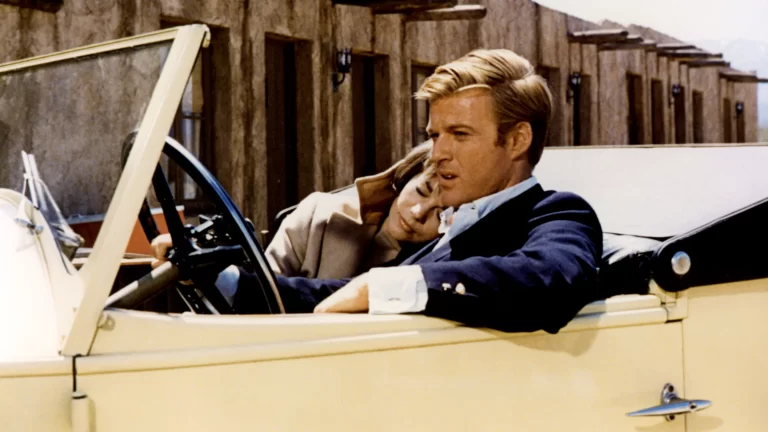
The 1970s were a defining period for Robert Redford’s career. He not only solidified his place as a box office sensation but also showcased his impressive range.
In 1973, Redford starred in The Way We Were, a beloved romantic drama with Barbra Streisand. The film, which depicted a turbulent love story against the backdrop of political and social change, proved Redford’s ability to handle complex emotional roles. Just a year earlier, he portrayed Jay Gatsby in The Great Gatsby (1974), bringing depth and sophistication to the iconic character from F. Scott Fitzgerald’s novel.
Additionally, Redford’s performance in All the President’s Men (1976), in which he portrayed journalist Bob Woodward, demonstrated his commitment to meaningful storytelling. The film, which chronicled the Watergate scandal, earned Redford an Academy Award nomination and further cemented his place as one of Hollywood’s top actors.
The Director’s Chair: Redford’s Mastery Behind the Camera
While his acting career continued to soar, Redford’s creative ambitions led him to venture into directing. In 1980, he made his directorial debut with Ordinary People, a poignant drama about family struggles following a tragic loss. The film earned him both the Academy Award for Best Director and the Oscar for Best Picture, marking the beginning of a successful second act in his career.
Following Ordinary People, Redford continued to demonstrate his versatility as a director. Films like The Milagro Beanfield War (1988) and A River Runs Through It (1992) showcased his ability to blend personal, emotional storytelling with broad cinematic appeal. Redford’s directorial projects were often marked by a deep commitment to authenticity and powerful, character-driven narratives.
A Champion for Independent Cinema: The Sundance Institute
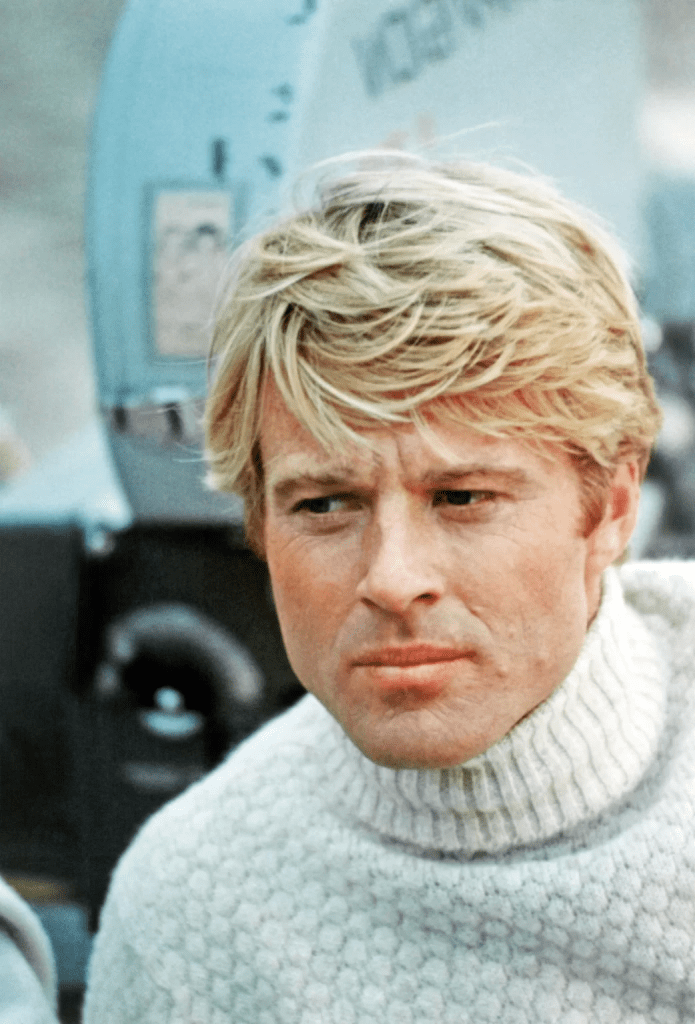
Beyond his acting and directing work, Robert Redford has played a pivotal role in shaping the future of independent filmmaking. In 1981, he founded the Sundance Institute, a nonprofit organization aimed at fostering new talent and supporting independent filmmakers. The Institute’s Sundance Film Festival, launched a few years later, has since become one of the most prestigious film festivals in the world, highlighting the work of emerging directors and helping shape the landscape of modern cinema.
Through the Sundance Institute, Redford has championed unique voices in the industry and provided a platform for filmmakers to tell stories outside the mainstream Hollywood system. His commitment to indie film is a testament to his belief in the power of art to inspire and challenge societal norms.
Environmental Advocacy: Redford’s Dedication to Conservation
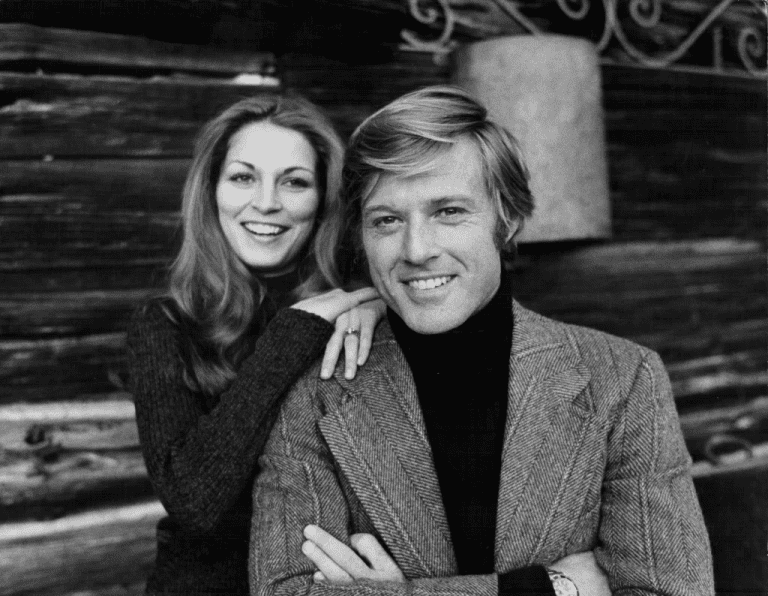
Redford’s passion for social causes extends far beyond the film industry. He has long been an outspoken advocate for environmental conservation, using his fame and influence to raise awareness about climate change, deforestation, and the importance of preserving natural resources. He founded the Redford Center in 2005, which focuses on supporting environmental filmmakers and projects aimed at sustainability and environmental protection.
As a public figure, Redford has used his platform to bring attention to pressing ecological issues. He has been involved in numerous campaigns and initiatives, reflecting his strong belief in using art as a tool for activism and positive change.
Retirement and Legacy: A Final Curtain Call
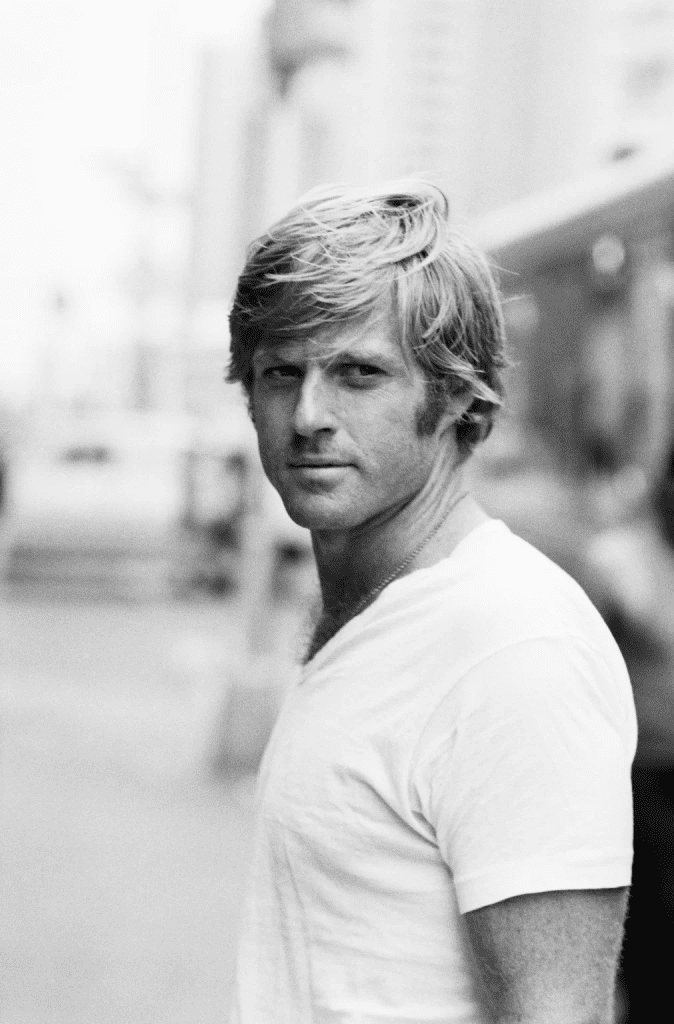
In August 2018, at the age of 82, Redford announced his retirement from acting, signaling the end of a remarkable era. However, his decision to step away from the limelight does not diminish his influence on the entertainment industry. Redford’s contributions to film and his commitment to environmental advocacy have left an indelible mark on Hollywood and beyond.
Though he no longer graces the silver screen, Redford’s legacy as an actor, director, producer, and philanthropist continues to inspire future generations. At 87 years old, he remains a figure of admiration and respect, symbolizing the timeless power of storytelling and the importance of using one’s platform for meaningful change.
Conclusion: A Legend That Will Never Fade
From his early rebellious days to becoming one of the most respected figures in Hollywood, Robert Redford’s journey is a testament to his unwavering dedication to the craft of filmmaking. Whether as an actor, director, or environmental activist, Redford has proven time and time again that his impact on both cinema and society will never be forgotten.
His career has been defined by versatility, authenticity, and a deep commitment to meaningful storytelling. As one of Hollywood’s enduring legends, Robert Redford continues to inspire and leave behind a legacy that will echo through the ages
